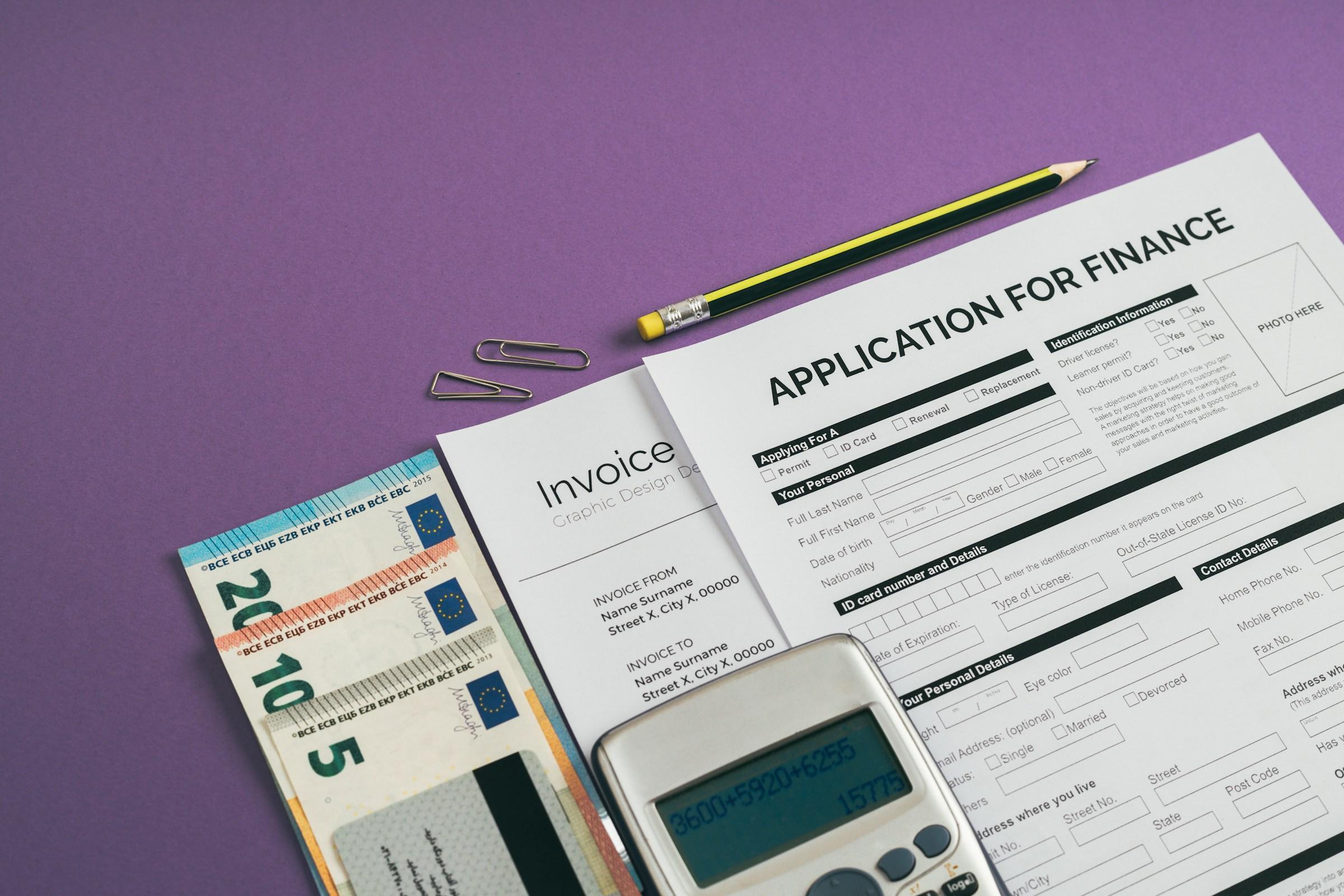Saving can start with a feeling. Sometimes it is a clean spark after a breakup, a layoff, or a year that spun out of control. Sometimes it is quieter, like a glance at your banking app that makes your stomach drop. The phrase “revenge saving” puts a label on that surge of energy, and there is nothing wrong with harnessing it. A story helps you move. The trap is letting the story do all the work. Anger burns hot and fades fast. If you bolt that heat to a simple system, you get the best of both worlds. You get motion today and progress that keeps going when the adrenaline falls away. Getting started is not about a complicated budget or a rigid personality makeover. It is about one sentence, one number, one account, and one automatic action that reduces your daily decision load. From there you refine, not reinvent, until the behavior becomes normal and the results are boring in the best possible way.
Begin by naming why you care in one short line. Keep it honest and specific. Maybe it reads, “I want six months of freedom so I do not stay in bad situations.” Or, “I want a buffer so I do not swipe a card and panic later.” When you can say the reason in a single breath, you have something you can use at the exact moment you want to buy something you do not need. Right after that, choose a target number that matches your reality. Early in your career, a three month buffer is a strong first win. A little later, a six month cushion feels safer. If your work is irregular or commission based, nine months removes a lot of noise. Pick the number that suits your risk and your income patterns, then commit to it for ninety days before you let yourself change it. Locking the target for a short window protects you from the weekly urge to tinker.
Now create distance between your daily money and your new goal. Open a separate high yield savings account, not just a sub folder in your current bank’s interface. Label it with a name that feels like a finish line. The Comeback Fund and Days of Freedom both work because they remind you of purpose every time you see them. With that account live, set one automatic transfer timed for the day after you get paid. That single automation is the lane that your money will travel without your attention. Each month you only need to verify one fact. Did the transfer happen. If yes, you are on track. If no, you lower the number or shift the date until it runs smoothly. The fewer choices you face, the less likely you are to sabotage the plan during a tired afternoon.
Treat the first month as a clean test of what is real rather than a performance of perfection. Let your wallet app or bank categories capture the flow and try to avoid judgment while you watch. Most people uncover two obvious leaks. Food delivery that stacked up into a habit and subscriptions that never got used. Cut one and cap the other. If you want extra speed, add a simple rule for a few weeks. When you pass on a treat, move that exact amount into your Comeback Fund within a day. Quick feedback beats quiet guilt. It turns restraint into a small win you can see, and it relieves the itch to “make up for it” later with a bigger purchase.
At this stage you face two levers, and only two. You spend less or you earn more. Reducing outflow is faster to start because you control it alone. Bringing in more income compounds harder if you can sustain it, but it requires energy and sometimes negotiation. For a sprint, pause anything for ninety days that you do not truly miss. Maybe it is the gym you rarely reach because traffic destroys your motivation, the premium shipping upgrade on impulse buys, or the high grade groceries that expire in the back of the fridge. For extra income, choose an option that fits your life without torching sleep. A weekend shift, a small freelance task that uses a skill you already have, a few extra hours with a client, or selling gear you do not use can all work. The key is to route every extra dollar directly into the savings account, not through your daily checking balance. Money that touches the everyday pool tends to evaporate.
Around the halfway mark of your ninety day window, run a calm checkpoint. Open the savings account and your card statement and ask three plain questions. Is the automatic transfer still happening on schedule. Is your daily balance less chaotic than last month. Does the target still feel believable. If the answers are all yes, resist the urge to upgrade your lifestyle as a reward. Keep going. If one answer is no, treat that single problem as the only problem you will solve this week. If the transfer failed, reduce the amount or move the date to match your real cash flow. If the day to day feels messy, cap one category for the next two weeks and let everything else run. If the target now feels silly, reset it to a level you can defend when you say it out loud. Small corrections maintain momentum, while global overhauls often end in fatigue.
Technology is useful here, as long as you make it your coach and not your cop. Round up features are a pleasant background hum, but they are not powerful enough to build a buffer on their own. Category limits help if you check them mid week, not once a quarter. Card points are fine, but if you do not have a safety net, cash is more valuable than miles because cash solves emergencies without interest. If your bank lets you hide the savings account from the main dashboard or lock it from instant transfers back to checking, use that setting. Fewer temptations and fewer taps between you and a mistake will always help.
Debt complicates revenge saving only if you treat it as a binary choice. You do not choose between saving and paying. You split and stack. Build a one month buffer that reduces the risk of running up the balance again, then attack high interest debts with every extra dollar. When the first account is cleared, roll that freed payment into your automatic transfer. You will feel the momentum click because the total effort stays the same while results accelerate. If your debt is relatively low interest, you can keep the savings transfer heavy for a short window while paying minimums, then review at ninety days. The goal is practical resilience, not a perfect spreadsheet.
The sprint will collapse if your life feels worse in every way. Keep the engine that prints your savings in good shape. Sleep, simple food, some movement, and a little joy form the bedrock. Protect one small luxury on purpose so you do not build pressure and binge later. Maybe it is a weekly coffee ritual, a meal out with a friend, or one streaming service that keeps your evenings relaxed. Label it as protected and stop bargaining with yourself about every other indulgence. You need a few safe zones and a set of non negotiables that reduce the total number of choices you face.
Tracking progress in a way that moves your emotions will keep you engaged. Dollars are abstract, and different spenders have different monthly costs, so a universal score helps. Convert your savings into days of freedom by dividing the balance by your average daily spend. If your monthly outflow is three thousand and your savings are four thousand five hundred, you have forty five days. That number tells you something deeper than a raw account figure. It tells you how long you could keep your life steady if your income paused. Update the score on the same day each week, and if you share money with someone else, read it together in a low drama way. If you manage alone, text the number to a friend who will nod or send an emoji and move on. Accountability without theatrics is powerful.
When your number arrives, pivot on purpose. Revenge energy is good for a sprint, not a lifestyle. Freezing the automatic transfer for a single paycheck gives you a breath and a chance to reassess. After that pause, keep a smaller automatic transfer into the buffer so inflation does not erode your safety, and route the rest into assets that grow. A simple index fund, a low fee robo portfolio, or a retirement account provides a clean next step. Replace your original one line reason with a calmer sentence that fits the new phase. Something like, “Protect the buffer, grow the stack, ignore the noise,” will do. The tone shifts from comeback to stewardship.
Watch for red flags that signal a need to adjust. If you keep moving money back out of savings mid month, the transfer is too aggressive or your bill due dates are out of sync with your income. If you feel irritated every time you open your banking app, you have cut too close to the bone. If your social life went from healthy to empty, the plan will not last. Do not interpret these signs as failure. Treat them as data that helps you pick a better setting on the same dial. Lower the transfer slightly. Call a provider to shift a due date. Restore one small joy that keeps you grounded. You are not building a new personality. You are tuning a system.
The quiet win of this process shows up in your behavior before it shows up in your balances. You will notice yourself walking slower through a store and scrolling slower past a sale. You will pause before saying yes to a project that pays in drama instead of money. You will answer questions about plans with a little more space, because your choices are not pressed against your nose. That calm is wealth behavior. It does not announce itself, and it does not need an audience. People who matter will notice that your decisions are steadier. That stability is the real flex.
After six months of steady practice, the revenge part of revenge saving no longer applies. You will have a buffer that answers panic with quiet. You will have an automation that runs without complaint. You will have habits that take fewer thoughts than they used to. Rename the account to reflect its true role. Safety and Options captures the idea well. Keep the transfer at a level you barely notice and let compounding do the work on the investing side. Check your freedom score monthly instead of weekly. Boredom becomes a sign of success, because the system runs while your attention moves elsewhere.
Starting this way is simple enough to do in a single session. Decide on your target. Open the separate account and label it. Set the transfer for the day after payday. Cancel one subscription today and cap one known leak for the next two weeks. Hide the savings account from your main dashboard. Put your freedom score in a note on your phone. Tell one person who will support you with a calm reply. If you want a bonus that will build momentum, sell one item you do not use and move the proceeds into the account before you have time to second guess the plan.
The point of revenge saving is not to win an argument with your past. The point is to give your future self a margin of safety and the ability to choose well. Anger can light the fuse. Systems carry the flame. When the story that started you fades, the automation keeps going, and the habits feel normal instead of heroic. You will have built a money setup that makes your life larger, not smaller. You can keep the urgency you needed at the start, but you do not have to live in extremes. Pick the target. Build the lane. Run the sprint. Pivot to the long game. The fire that got you moving becomes warmth that keeps you steady.











-1.jpg&w=3840&q=75)


.jpg&w=3840&q=75)